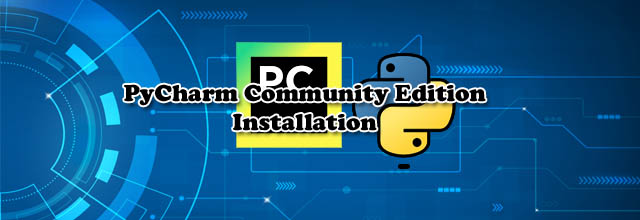Step 2: Download & install Eclipse IDE.
Step 3: Download Selenium JARS.
Step 4: Download Chrome WebDriver (or any other web browser WebDriver)
Selenium JARs installation:
1. Go to Eclipse -> Create new Java Project :Click on File --> Select New --> Click on Java Project
Then Give the Project name --> Click on Finish.
2. Right Click on that Java project (that you're created) -> Select build path -> select Configure Build path.3. Then Select Libraries -> under the Class path -> Click on Add External Jars4. Give the path of Selenium drivers (Lib directory -> Select all JAR files) -> Select open.




.png)
.png)
.png)
.png)
.png)
.png)

.png)
.png)
.png)
.png)
.png)
.png)



